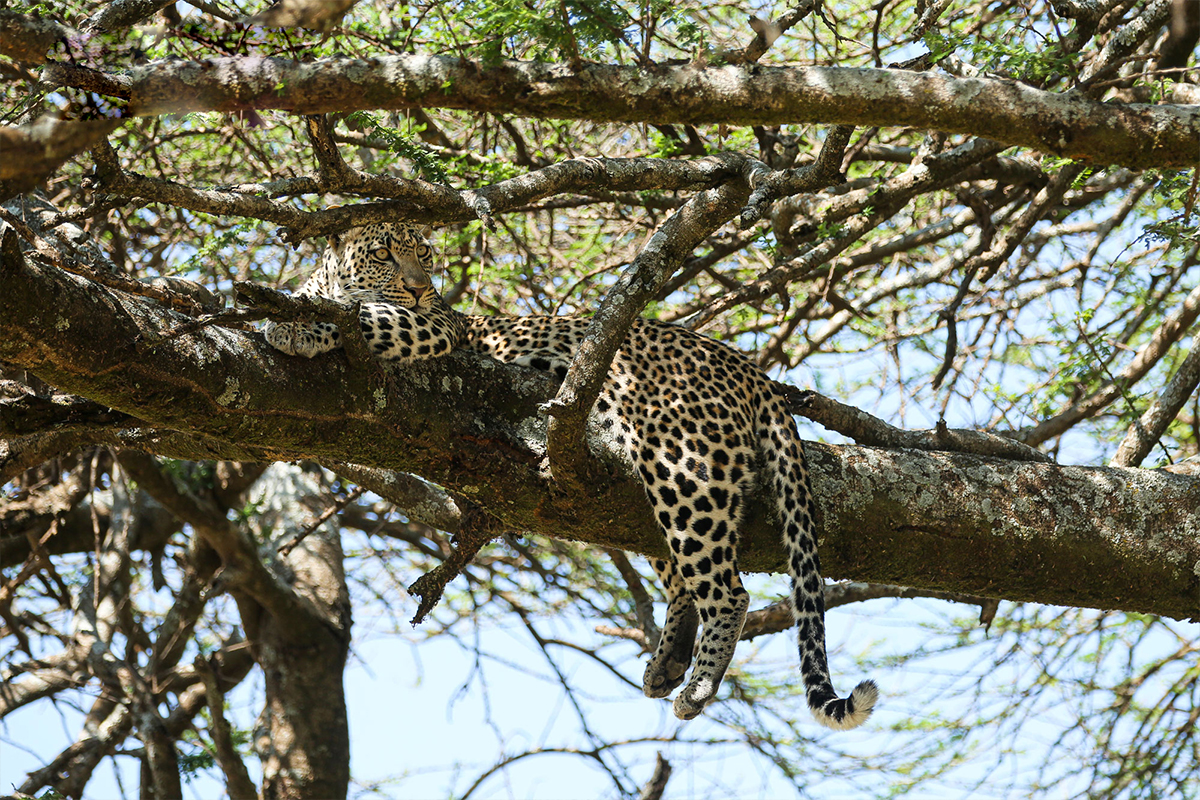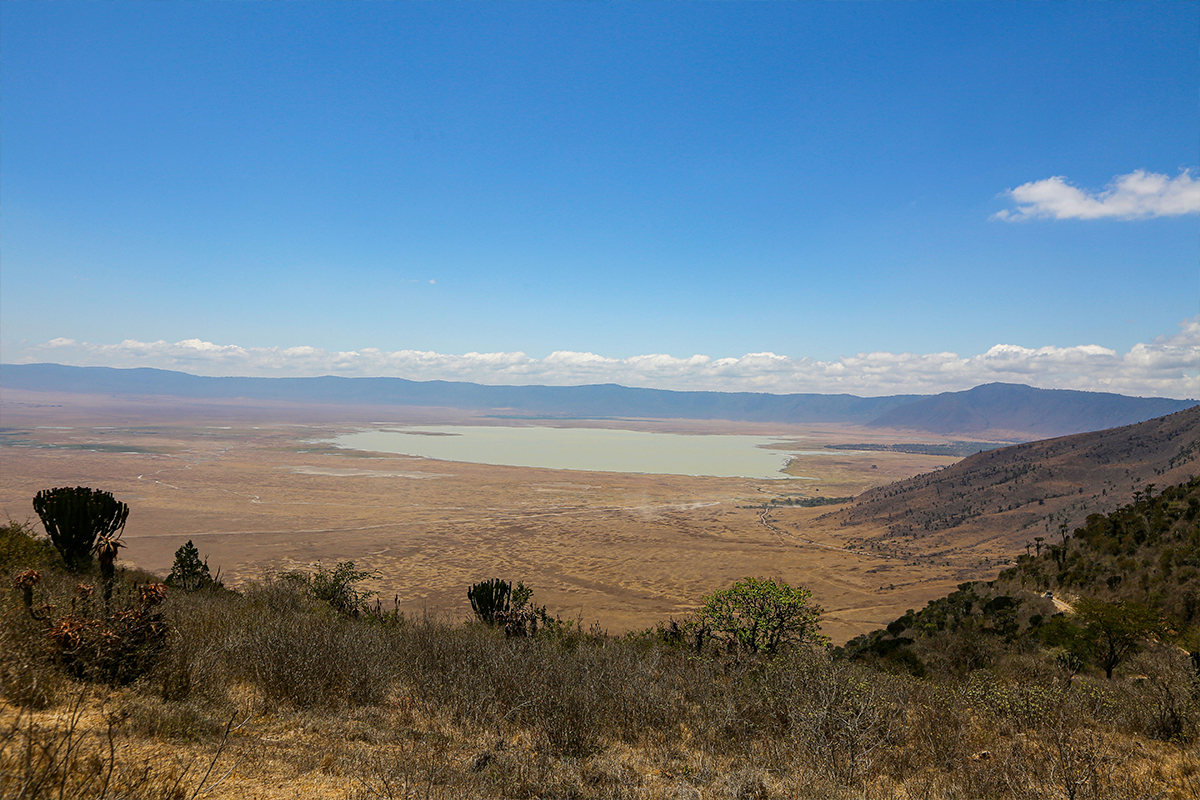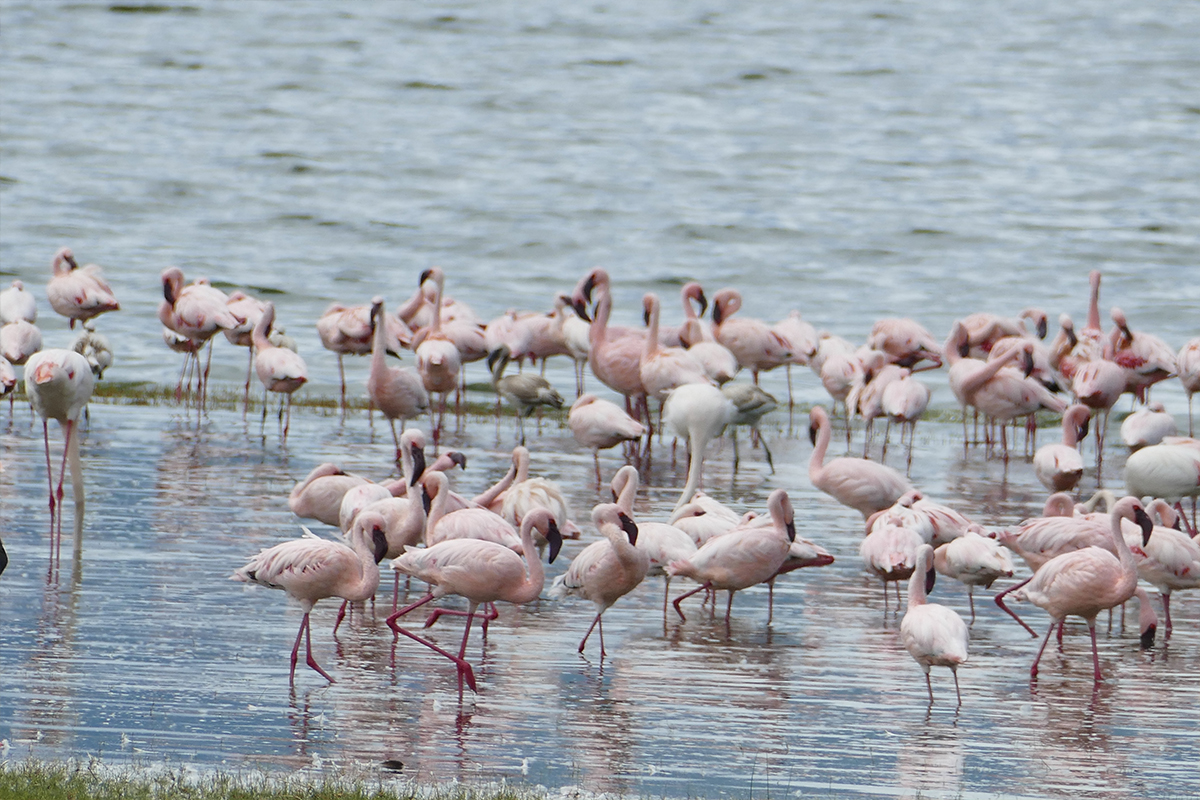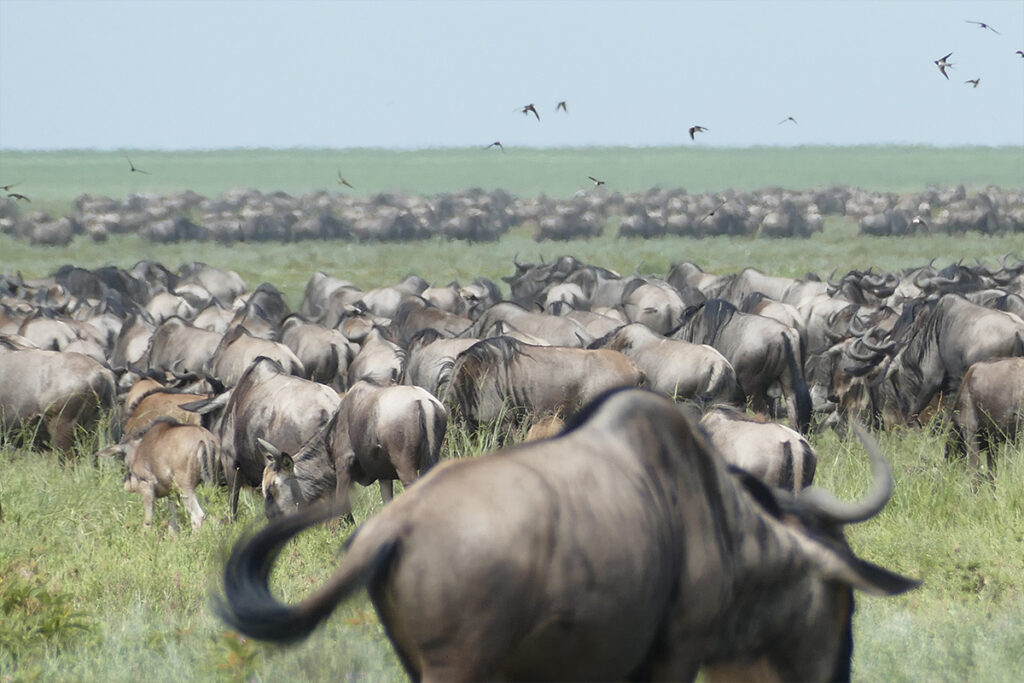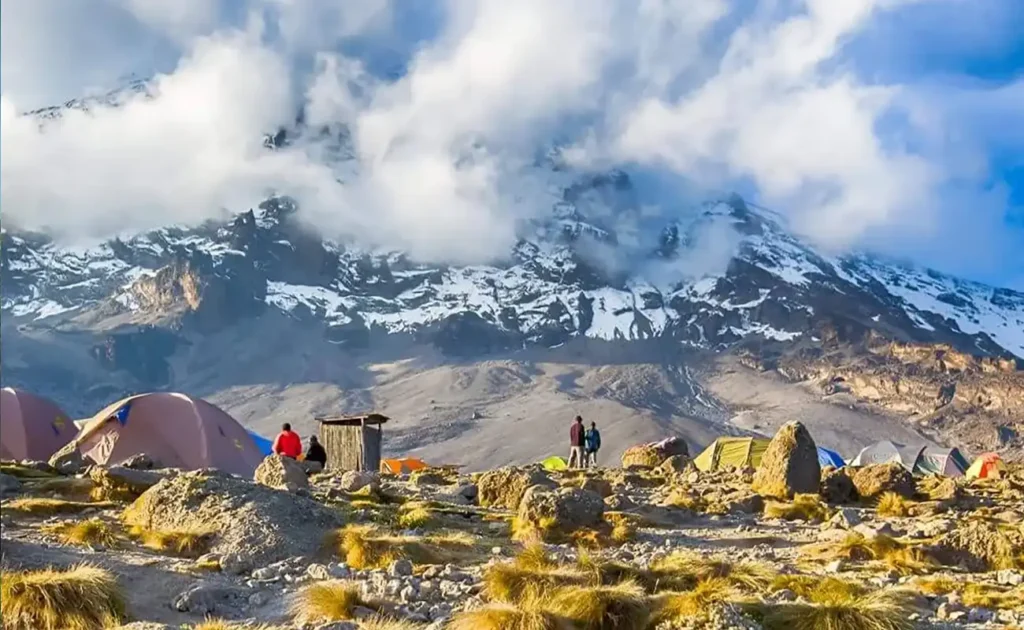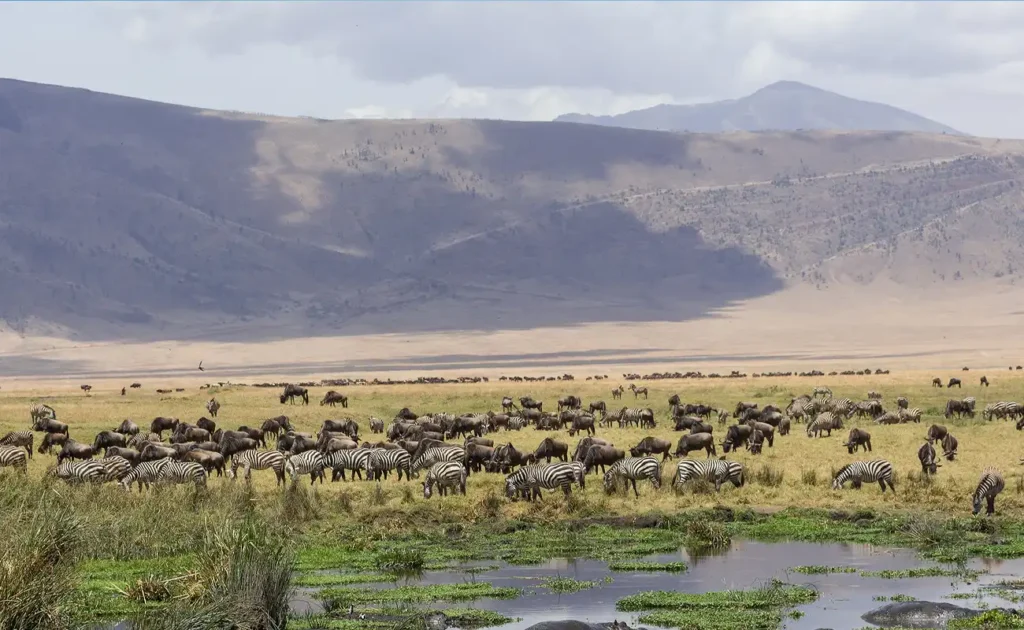Training for Kilimanjaro: How to Prepare for a Successful Summit
Climbing Mount Kilimanjaro is an exciting adventure, but it requires careful physical preparation to ensure a safe and successful summit. While Kilimanjaro does not require technical climbing skills, the trek involves long days of hiking at high altitudes, often in challenging weather conditions. To increase your chances of reaching the summit, it’s essential to follow a structured training plan that focuses on building endurance, strength, and mental resilience.
In this article, we’ll cover everything you need to know about training for Kilimanjaro, including exercises, fitness routines, and tips to get your body ready for the climb. Whether you’re a seasoned hiker or a beginner, this guide will help you develop a comprehensive training plan tailored to your fitness level.
I. Why Training for Kilimanjaro is Important
Climbing Kilimanjaro is physically demanding. You’ll be hiking for several hours each day at high altitudes, where oxygen levels are lower. Without proper training, you risk fatigue, muscle strain, and even altitude sickness. The better prepared you are, the more likely you are to reach the summit and enjoy the experience.
A. Key Physical Challenges
- Endurance: You’ll need to walk long distances over uneven terrain for multiple days.
- Altitude: The lack of oxygen at high altitudes can make physical exertion more difficult.
- Stamina: Maintaining energy levels during long days of hiking is crucial.
- Recovery: Your body must recover quickly each night to prepare for the next day’s trek.
II. How to Train for Kilimanjaro
Your Kilimanjaro training should focus on three main areas: cardiovascular endurance, strength training, and flexibility. Additionally, mental preparation and acclimatization strategies are important for handling the challenges of high-altitude trekking.
A. Cardiovascular Endurance
Cardiovascular fitness is essential for trekking long distances at a steady pace. To improve your endurance, focus on activities that increase your heart rate and build stamina over time.
Recommended Cardio Activities:
- Hiking: Practice hiking on varied terrain with elevation gains to mimic the conditions on Kilimanjaro.
- Running: Regular running sessions will boost your overall endurance and cardiovascular health.
- Cycling: A low-impact option that strengthens your legs while improving cardio fitness.
- Swimming: Swimming provides a full-body workout, building lung capacity and endurance.
Cardio Training Plan:
- Aim for 3-5 days of cardio training per week.
- Start with 30-45 minutes per session and gradually increase to 1-2 hours.
- Incorporate hikes with a loaded backpack (10-15 kg) to simulate the conditions of Kilimanjaro.
B. Strength Training
Strength training helps build the muscles you’ll rely on during your trek, especially your legs, core, and back. Strength training also reduces the risk of injury on uneven terrain.
Recommended Strength Exercises:
- Squats: Strengthen your quadriceps, hamstrings, and glutes for uphill trekking.
- Lunges: Build strength in your thighs and improve balance.
- Deadlifts: Strengthen your lower back and core, helping you carry your daypack.
- Step-Ups: Mimic the action of climbing and build leg strength.
- Planks: Strengthen your core, which is essential for stability on uneven ground.
Strength Training Plan:
- Train 2-3 days per week, focusing on lower body and core strength.
- Perform 3 sets of each exercise, with 10-15 repetitions per set.
- Gradually increase the weight or resistance as your strength improves.
C. Flexibility and Mobility
Flexibility training helps improve your range of motion, which is essential for maintaining balance and preventing injuries on the trail.
Recommended Flexibility Exercises:
- Yoga: Yoga helps improve flexibility, balance, and mental focus.
- Dynamic Stretching: Incorporate leg swings, arm circles, and hip rotations to prepare your body for movement.
- Static Stretching: After each workout, stretch your hamstrings, quadriceps, calves, and back to improve flexibility.
Flexibility Training Plan:
- Incorporate 15-20 minutes of stretching after each workout.
- Attend a yoga class once a week to enhance flexibility and balance.
III. Training Schedule for Kilimanjaro
Your Kilimanjaro training plan should ideally start 8-12 weeks before your trek. Below is a sample weekly training schedule that incorporates cardio, strength, and flexibility exercises.
A. Sample Training Schedule (12-Week Plan)
| Day | Activity | Duration |
|---|---|---|
| Monday | Cardio (Running, Hiking) | 45-60 minutes |
| Tuesday | Strength Training (Legs and Core) | 45 minutes |
| Wednesday | Cardio (Cycling or Swimming) | 60 minutes |
| Thursday | Rest or Light Yoga | 30-45 minutes |
| Friday | Cardio (Hiking with Backpack) | 1-2 hours |
| Saturday | Strength Training (Legs, Core, and Back) | 45 minutes |
| Sunday | Long Hike (Simulate Kilimanjaro Conditions) | 3-4 hours |
IV. Mental Preparation for Kilimanjaro
Climbing Kilimanjaro is not only a physical challenge but also a mental one. Long days of trekking, dealing with altitude, and adjusting to the changing environment can test your mental resilience.
A. Tips for Mental Preparation
- Visualize Success: Spend time visualizing yourself successfully reaching the summit. Positive visualization can boost your motivation.
- Develop a “Pole Pole” Mindset: The Swahili phrase “pole pole,” meaning “slowly, slowly,” is a guiding principle for Kilimanjaro. Maintaining a slow, steady pace helps prevent burnout and altitude sickness.
- Break Down the Climb: Mentally break the climb into smaller, manageable sections. Focus on reaching the next camp or rest stop, rather than thinking about the entire journey.
V. Acclimatization and Altitude Training
One of the biggest challenges on Kilimanjaro is dealing with altitude. As you ascend, the air becomes thinner, making it harder for your body to function normally. Altitude training and acclimatization strategies are important for reducing the risk of altitude sickness.
A. Acclimatization Strategies
- Opt for Longer Routes: Choose routes like the Lemosho Route or Northern Circuit, which offer more time for acclimatization.
- Practice “Climb High, Sleep Low”: This technique involves hiking to a higher altitude during the day and sleeping at a lower altitude at night to help your body adjust.
- Stay Hydrated: Drink plenty of water throughout your climb, as dehydration can worsen altitude sickness.
B. High-Altitude Training Tips
- If possible, train at high altitudes (above 2,500 meters) to get your body accustomed to the thinner air.
- If you live at lower altitudes, you can simulate high-altitude training by using a treadmill on an incline or hiking steep hills.
VI. Tips for Staying Healthy During Your Trek
Maintaining your physical well-being during the climb is just as important as your pre-climb training. Here are some tips to help you stay healthy on Kilimanjaro.
A. Nutrition
- Eat High-Energy Foods: Your trekking company, such as Sia Yangu Safari, will provide meals rich in carbohydrates, proteins, and fats to fuel your body for long days of trekking.
- Snacking: Bring energy bars, trail mix, or dried fruit to keep your energy levels up throughout the day.
B. Hydration
- Drink at least 3-4 liters of water per day to prevent dehydration, especially at high altitudes.
- Use a hydration bladder or water bottle that’s easy to access while hiking.
FAQ About Training for Kilimanjaro
How long should I train before climbing Kilimanjaro?
It’s recommended to start training at least 8-12 weeks before your climb. This allows enough time to build up endurance, strength, and stamina.What is the best type of training for Kilimanjaro?
A combination of cardio, strength training, and flexibility exercises is ideal. Focus on building leg strength and stamina through hiking and other cardiovascular activities.Do I need to train at high altitude before Kilimanjaro?
While it’s not essential to train at high altitude, doing so can help your body adapt more easily to the conditions on Kilimanjaro. If you can’t access high-altitude environments, focus on building general endurance and stamina.
Your Title Goes Here
Your content goes here. Edit or remove this text inline or in the module Content settings. You can also style every aspect of this content in the module Design settings and even apply custom CSS to this text in the module Advanced settings.
LET'S PLAN
YOUR SAFARI TOGETHER
Start planning your tour with us, we can create an itinerary from scratch or modify one of our suggested itineraries.
Top Pick Tour Packages For You
Tanzania Safari and Trekking
Tanzania boasts Africa’s renowned parks, promising unforgettable luxury safaris. With expertly crafted itineraries, immerse yourself in the finest national parks for a tailored wildlife adventure.

